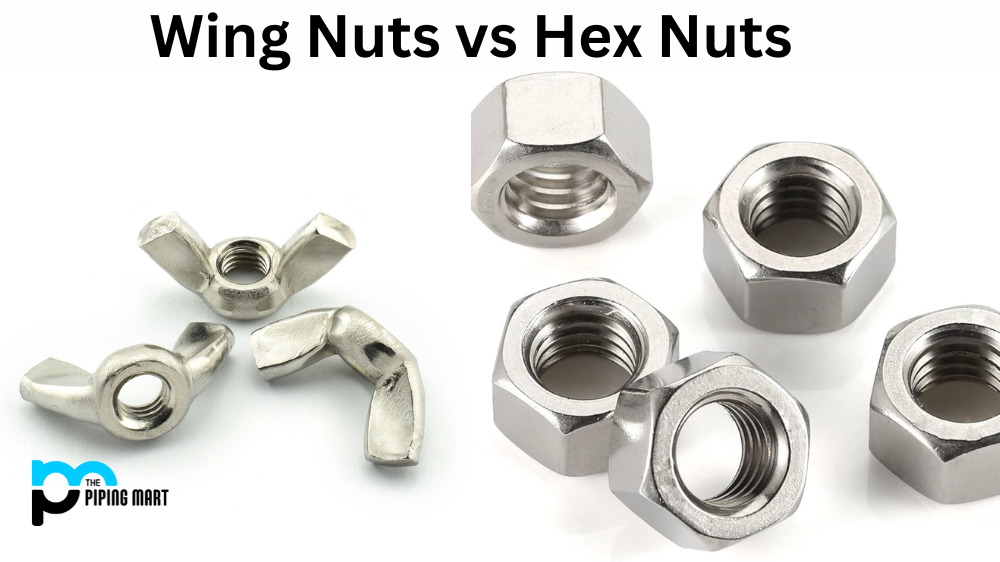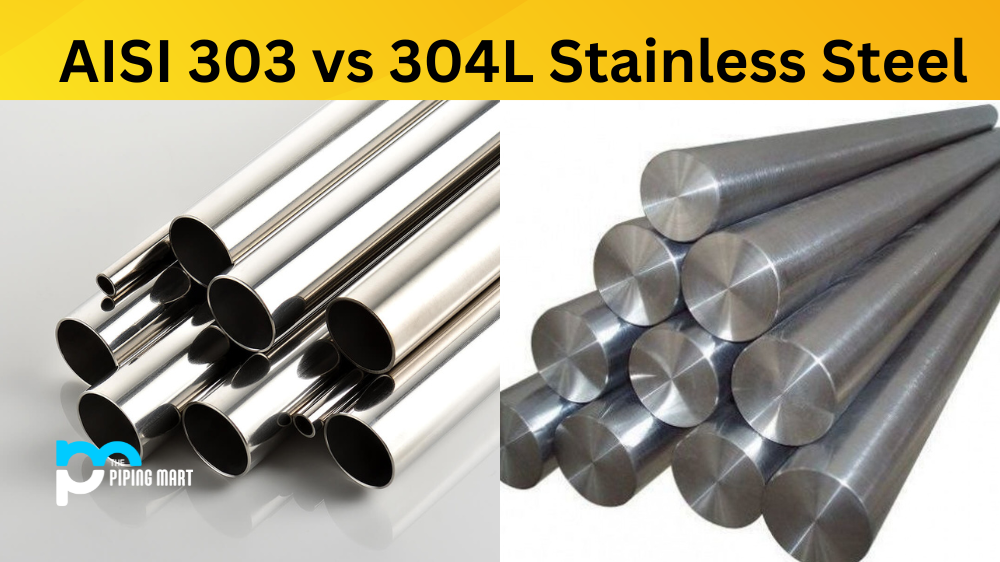When fixing or fastening items together, people usually reach for the nuts and bolts in their toolbox. But with so many varieties of nuts available, it can be not easy to know which is right for the job. In particular, wing and hex nuts can be easily confused due to their similar shape and function. In this blog post, we’ll explore the differences between wing and hex nuts. We’ll dive into their design, applications, and advantages so you can choose the right one for your next project.
What is Wing Nuts?
Wing nuts are fasteners used to secure two or more objects together by tightening them with your fingers. The name “wing nut” comes from the shape of the nut, which has two large metal wings on either side for easy gripping and turning. They are commonly used in applications requiring frequent assembly and disassembly, such as furniture assembly or electrical installations.
But there’s more to this seemingly simple fastener than just its practical use. The history of wing nuts can be traced back centuries, with some historians crediting their invention to Leonardo da Vinci during the Renaissance era.
Apart from their functional purpose, wing nuts have also become a popular symbol in pop culture and art. They represent adaptability and versatility – highly valued qualities in today’s fast-paced world. And it’s no surprise that these little marvels have gained popularity over time due to their ability to quickly secure objects without requiring any tools.
What is Hex Nuts?
Hex nuts, also known as hexagonal nuts or simply hexagons, are a type of fastener commonly used in various industrial and mechanical applications. Their unique shape and design provide a secure and reliable way to combine two or more parts.
The name “hex” comes from the Greek word “hexagon,” meaning six-sided shape. As the name suggests, hex nuts have six flat sides and can be easily identified by their familiar hexagonal shape. This design not only makes them aesthetically pleasing but also offers practical advantages.
One of the main benefits of using hex nuts is their ability to distribute pressure evenly across the surface they’re attached to. The six-sided structure provides better gripping power than other nuts, making them less likely to slip or loosen over time.
In addition, hex nuts come in different sizes and materials for various applications and environments. There is a suitable size for every job, from small sizes for delicate assemblies to larger options with heavy-duty capabilities.
Difference Between Wing Nuts Vs. Hex Nuts
Design:
Wing and hex nuts are two common types of nuts in various sizes. However, their design varies greatly. As the name suggests, hex nuts have six sides, making them easier to grip and turn with a spanner. Conversely, wing nuts are shaped like a butterfly and have two ‘wings’ that allow you to tighten them with your fingers. In general, wing nuts are preferred in faster temporary applications as their shape makes them quicker to tighten and loosen, while Hex nuts are used for longer-term, high-strength applications where a spanner affords a tighter grip.
Applications:
The difference in design means that each type of nut is best suited for different applications. Wing nuts are commonly used in furniture assembly, where they can be tightened by hand to hold everything together. They are also ideal for use in places with limited space as they don’t require a tool to tighten and loosen. On the other hand, hex nuts are frequently used in construction and automotive work where high strength is necessary. They can be fastened more securely with a spanner than by hand, which makes them a better choice for long-term use.
Advantages:
The primary advantage of wing nuts is their speed and ease of use, as they can be quickly tightened and loosened by hand. Additionally, they can be used in applications where space is limited, making them ideal for furniture assembly, lamps, and other small household items. However, they need to be better-suited to heavy-duty applications where high strength is needed. Hex nuts have the advantage of being able to withstand greater loads and forces because of their six sides and higher torque levels. This makes them ideal for fixing and attaching heavy-duty machinery, large vehicles, and construction.
Conclusion:
In conclusion, wing nuts and hex nuts are essential hardware items you might need for different projects. While they look similar, the differences in the design and applications of wing and hex nuts make them unique. If you need to fix something together quickly or in a limited space, wing nuts are ideal. However, for long-term use and heavy-duty applications, hex nuts are best. Ultimately, the choice depends on the project at hand. So, whether you choose a wing nut or a hex nut, select the right one that meets your requirements.




